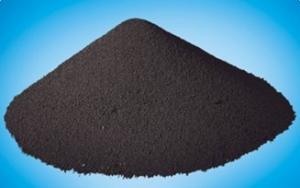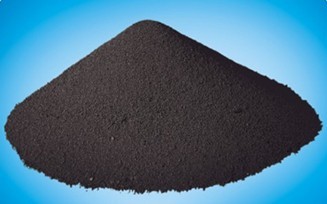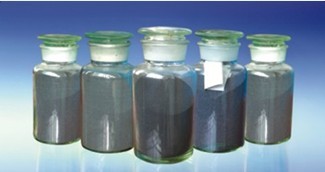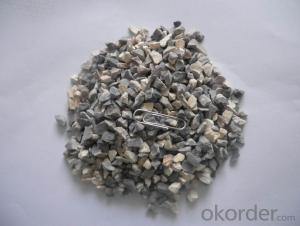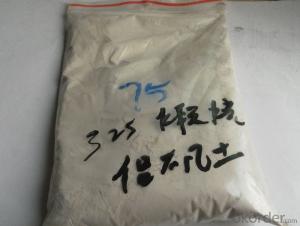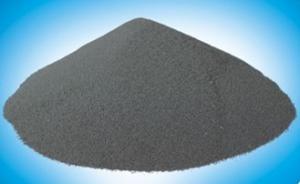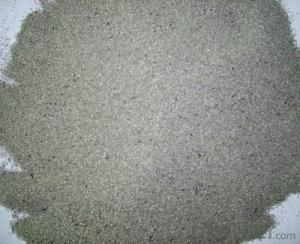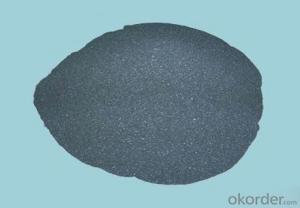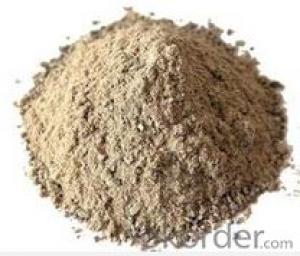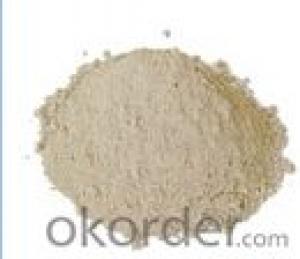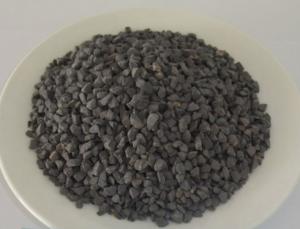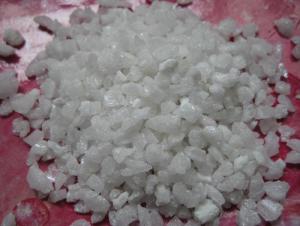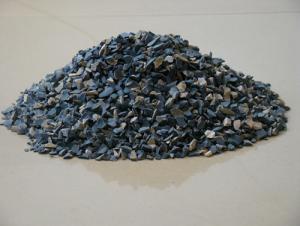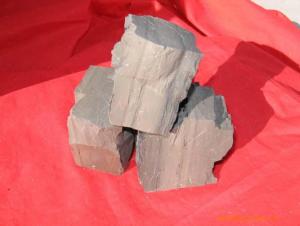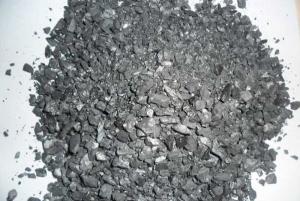Refractory Raw Materials for Stainless Steel Billet Continuous Casting Mold Powder
- Loading Port:
- China Main Port
- Payment Terms:
- TT OR LC
- Min Order Qty:
- -
- Supply Capability:
- -
OKorder Service Pledge
OKorder Financial Service
You Might Also Like
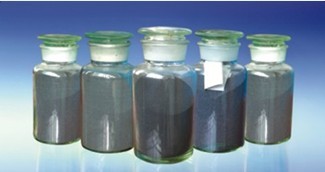
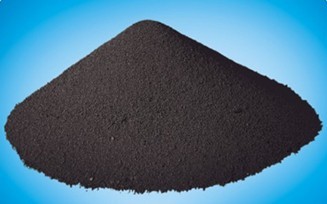
Product Description
Stainless steel billet caster due to difficult, nearly two years before the application in the domestic market, the domestic research institutions collaborate to develop, our company according to the characteristics of stainless steel, combined billet design features, production LF-FRK-T series powder the moderate slag particles were hollow spherical, spreading good performance, stability and melting characteristics of insulation, slab surface integrity defects, no crusts and slag pieces produced by the user's satisfaction.
Moisture | <0.5% |
Granularity | 0.15~1mm>90% |
Carbon content | 2~7% |
Cao/Sio2 | 0.8~ 1.0 |
Hemisphere points | 1080~1150℃ |
1300℃Melting speed | 10~25S |
Bulk density | 0.7~1.8g/cm2 |
- Q: What is the importance of silicon powder in refractory processing?
- in amorphousness it is mainly the mobility
- Q: What is acid refractory material?
- Many kinds of refractory materials, usually by refractoriness level is divided into ordinary refractory materials (1580 to 1770 DEG C), advanced refractories (1770 to 2000 DEG C) and special refractories (more than 2000 DEG C); according to the chemical characteristics into acid refractory material, refractory materials and basic refractory materials. In addition, there are refractories for special occasions. Acid refractory with silicon oxide as the main component, are commonly used in brick and clay brick. Silica is silica containing more than 93% silica products, raw materials used in silica, silica and other waste, the acid resistance of slag erosion ability, high load softening temperature, volume shrinkage after repeated burning, or even a slight expansion; but it is vulnerable to the erosion of basic slag, low thermal shock resistance. The brick is mainly used for thermal equipment of glass furnace, coke oven, acid furnace etc.. Clay brick with refractory clay as the main raw material, containing 30% to 46% of alumina, weak acid refractory material, heat shock resistance, resistance to acid slag, widely used. Neutral refractory is mainly composed of alumina, chromium oxide or carbon.
- Q: What characteristics do A grade external wall fireproofing material have?
- 1. Save space and reduce costs; 2. Fireproofing, green and environmental protection; 3. Waterproofing; 4. Sound insulation; 5. Thermal insulation; 6. Install easily and shorten the construction period; 7. High safety performance.
- Q: What is the role of the vermiculite fireproof material?
- The vermiculite fireproof slate is widely applied to construction, shipbuilding, metallurgy, electric power, aerospace and other fields by foreign countries. Vermiculite slate can be applied to furniture, firewall, ceiling, and can be used in the fire fighting access, coated steel, coated pipeline, real flame fireplace in the lining board, wall partition. It is characterized by non combustible, non melting, resistance to high temperature; permanent thermal insulation; sound insulation, non-toxic, smoke-free, green environmental protection; resistance to impact, good dimensional stability and durability of the excellent anti fungal infestation. It can be sawed, nailed, planed, drilled, it can be easily installed and constructed.
- Q: How is the performance of refractory materials?
- It is a little difficult to answer. There are some requirement for refractory materials, such as fire resistance, softness, creep, thermal shock, abrasive resistance. Besides, requirements for construction performance include: Liquidity, plasticity and other linear change rate, volume density, strength (including high temperature) and all other important indicators must be tested the same conditions with the use of test conditions and test items like body density, strength, line changes in the basic project
- Q: Can anyone say something about what A-level fire-proof decorative material is?
- Combustion performance rates of decoration materials ratess combustion performance of decoration materials A incombustible B1 flame retardancy B2 flammability B3 high flammability The B1 rate combustion performance of gypsum plaster board and mineral wool acoustic panel absorber installed on steel joist can be used as A-level decoration materials. Inorganic decorative coating applied on the A level substrate can be used as A level decoration materials. Hope you adopt
- Q: What are the components of refractory clay?
- It is different from non-cement castable refractories, which does not rely on the addition of cement for combination, instead it uses chemical binder. It is refractory castable (also known as chemical bonding castable). Non-cement refractory castable takes oxide or synthetic compound ultra-fine powder or oxide sol-gel which is similar to the chemical composition of material in tungsten castable. Since the use of superfine powder or sol as binder, it has low impurity content, and therefore the refractoriness and slag erosion resistance of the castable will not be reduced. Besides, the self combination in use can help to improve high-temperature structural strength. Non-cement castable refractory is made up of refractory aggregate and powder, superfine powder of oxide or sol, trace amount of dispergator (or anti-coagulant) and proper slow acting hardener. Non-cement castable is mainly coagulated and combinated by ultrafine powder of oxide or sol, therefore, it has certain requirements for ultrafine and sol. Ultrafine powder used refers to less than 1 / zm particles. Ultrafine powder used in non-cement castables are SiO2, Al2O3, Cr2zrOz, etc. SiO micro powder is often adopted, which is the dust recycled during the smelting of metallic silicon, ferro-silicon alloy, the generation process is as follows: This recycled SiO2 powder has an average particle diameter of 0.5 pM, and it is spherical with large surface area. It is amorphous substance with high activity, so it has good bonding strength. The sol used are mainly alumina oxide and silica sol. Silica sol is made by ion exchange of sodium silicate after Na ions are removed. It can also be made after hydrolysis of ethyl silicate. There are several ways of preparing alumina sol, the easiest method is to prepare by the reaction of metallic aluminum or alchlor with hydrochloric acid.
- Q: Who knows the fire endurance of B-level fireproof doors and windows?
- B-grade fireproof windows refer to those fireproof windows whose fire retardant limit is not less than 1 hour. Technical requirements: I. Materials and Accessories (1) Window frame should have a certain strength to ensure the integrity and stability of the steel frame or the wood frame. (2) Steel frame and mound layer can employ galvanized?steel?sheet or stainless steel plate. Its selection criteria should be in line with the stipulation of the Article 5.1 of GB12955 "General Technical Requirements of Steel Fireproof Doors". (3) The selection standard of wood frame and mound layer should be in line with the provision of Article 5.1.1 of GB14101 "General Technical Requirements of Wooden Fireproof Doors". (4) Filling materials inside steel frame and wood frame should be non-combustible materials.
- Q: Who knows about the B-level fireproof insulation materials?
- Organics, extruded sheet, polyphenyl board and phenolic resin. The fireproof?performance of sea capacity module (fireproof and thermal insulation material) is B1-level with the heat conductivity coefficient of only 0.028w / m · k. It is a good choice. A-level: Rock wool, glass wool, silicate, aluminum silicate, calcium silicate, phenolic aldehyde, and foam glass. B-level: Rubber and plastic, extrusion molding, polyphenyl, PEF.
Send your message to us
Refractory Raw Materials for Stainless Steel Billet Continuous Casting Mold Powder
- Loading Port:
- China Main Port
- Payment Terms:
- TT OR LC
- Min Order Qty:
- -
- Supply Capability:
- -
OKorder Service Pledge
OKorder Financial Service
Similar products
Hot products
Hot Searches
Related keywords
